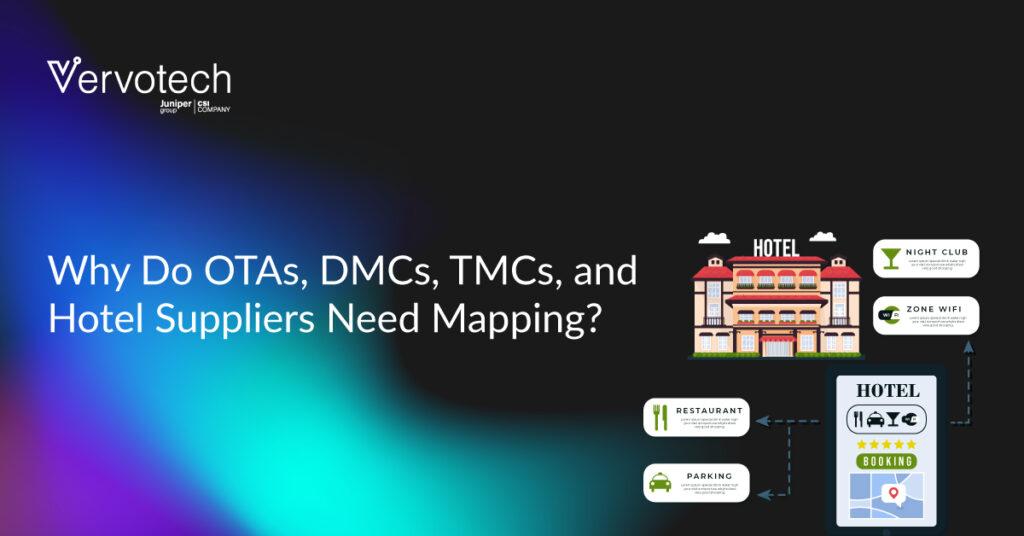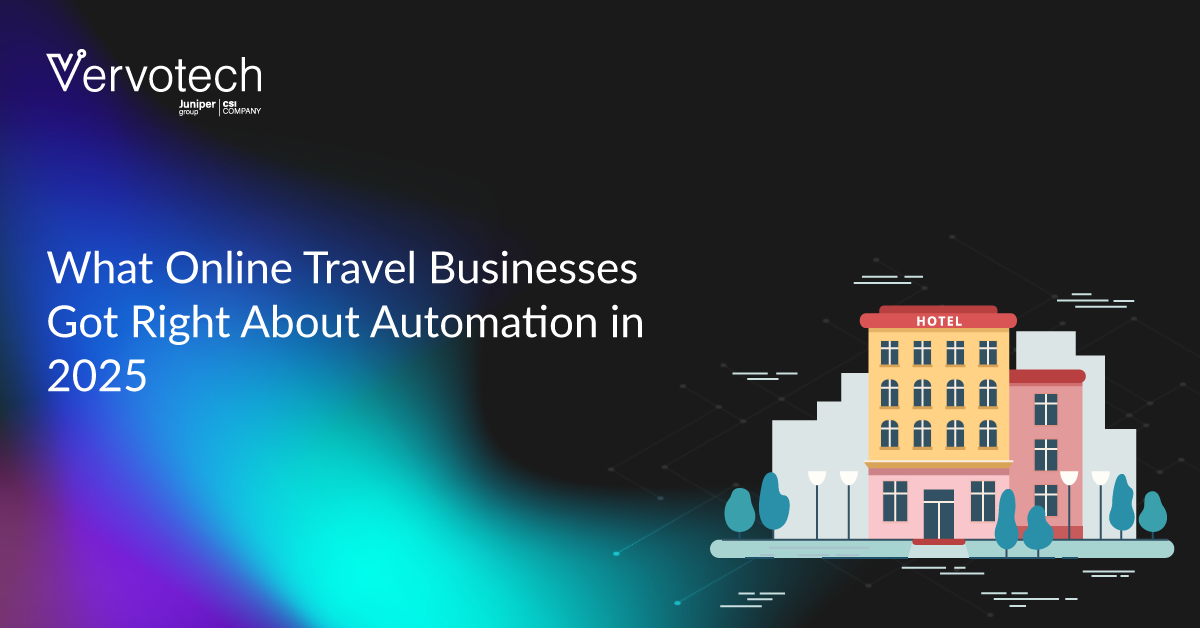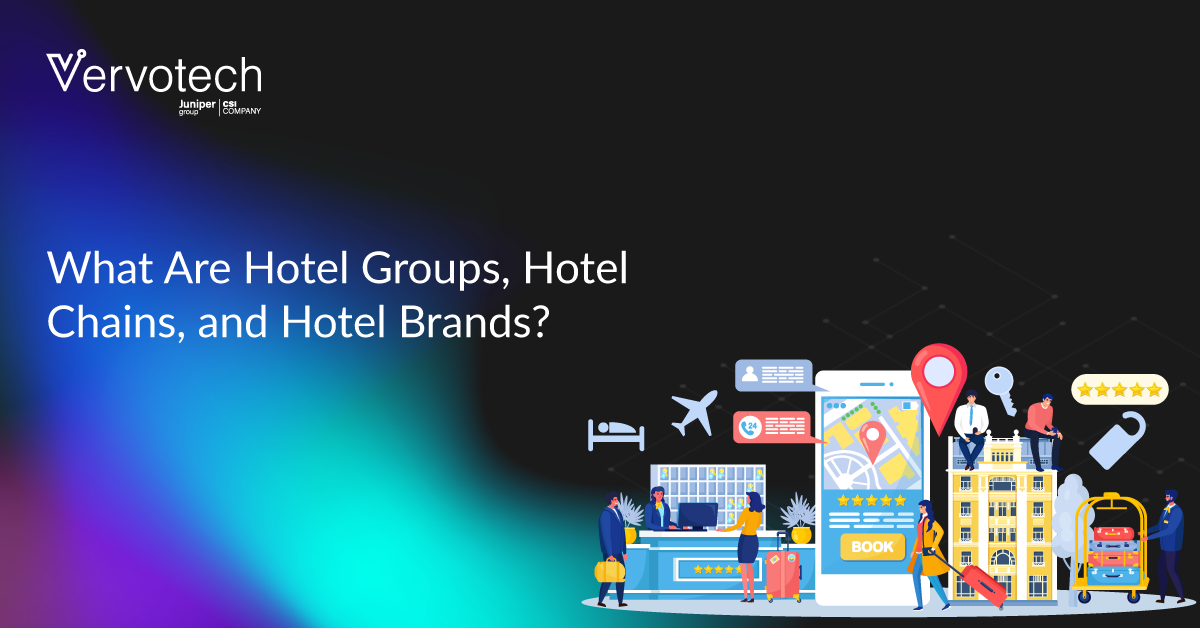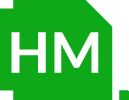Imagine a traveler booking a hotel online, only to discover that the property doesn’t exist, or worse, they booked the same hotel twice.
Behind these frustrating experiences lies a complex data problem: inconsistent hotel content. For OTAs, DMCs, TMCs, and hotel suppliers, solving this problem isn’t optional — it’s business-critical.
This is where hotel mapping- a powerful solution that harmonizes data and improves operational accuracy- comes in.
TL; DR
- Inconsistent hotel data causes duplicate listings, booking errors, lost revenue, and poor customer experiences.
- Hotel mapping unifies supplier content into a single, accurate record, ensuring clean, consistent listings.
- OTAs, DMCs, TMCs, corporate travel managers, and hotel suppliers rely on mapping to prevent errors, simplify reconciliation, and protect revenue.
- Accurate mapping boosts trust, operational efficiency, and conversion rates.
- Vervotech’s AI-native mapping APIs deliver 99.999%+ accuracy, lightning-fast processing, and easy integration for global travel businesses.
What is Hotel Mapping?
Hotel Mapping is a process of curating hotel content data coming from various suppliers by merging property IDs and creating one unified ID to avoid duplicate and inconsistent listings.
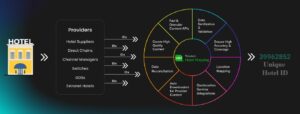
Mapping (both hotel and room) empowers travel businesses to display relevant hotel and room attributes with about 100 percent accuracy, which prepares the ground for high conversion numbers and positive customer ratings. Also, it nullifies potential losses due to duplicate listings of hotels and rooms.
But today, we’ll explore why different travel businesses like OTAs, DMCs, TMCs, and hotel suppliers need a hotel mapping API.
Explore Why Accurate Mapping Matters: The Hidden Cost of Bad Data
Why Hotel Mapping is a Must for OTAs, DMCs, TMCs, and Hotel Suppliers

All travel businesses sourcing hotel and room data from multiple sources need mapping to ensure the data they are putting out is correct, unique, and caters to the intent of their potential customers.
However, there is a set of travel businesses; for them, mapping is not a subordinate exercise but a compelling necessity. Here, in this article, we break down the need for mapping for those travel players. Let’s start with OTAs.
Why OTAs Need Hotel Mapping APIs
As per Phocuswright’s research, about 51% of hotel bookings are made through OTAs. Not just accommodations, but OTAs are also the largest distributors of other travel products like flights, cruises, and transfers. They have a massive flow of third-party data to deal with, which is also true for hotel suppliers.
OTAs source hotel and room content from multiple suppliers, and this data is extremely crude. Often has numerous duplicates of the same hotel and room content, missed addresses, incorrect geolocations, and missing essential amenities. Inaccuracy or absence of any of these attributes leads to massive losses. Therefore, OTAs need automated mapping tools that sensitize their hotel and room content in real-time.
Also Read: 5 Reasons Why Your Travel Business Needs Hotel Mapping And Room Mapping Tools
Why Destination Management Companies (DMCs) Need Hotel Mapping?
Destination management companies mostly have directly contracted hotels coming from multiple suppliers, which often have duplicates, leading to duplicate bookings or overselling.
When expanding globally, DMCs often strike exclusive rate agreements. But if the hotel isn’t properly mapped, these agreements can fall apart during API integrations, causing missed revenue opportunities and partner distrust.
That is why they need reliable mapping to ensure their inventory is unique and their customers do not end up booking the same property twice.
And, if they want to widen their horizons, go global, or partner with other players at specific rates, they need mapping because they might have cracked the rate deal. Still, if they are not accurately mapped, if there’s an inconsistency on either side, they might have to suffer huge losses. And the reconciliation becomes even more cumbersome due to the unavailability of data.
Why Travel Management Companies (TMCs) Need Hotel Mapping?
The OTA (Online Travel Agency) use case we previously mentioned is valid for TMCs as well. Apart from that, TMCs work on pre-paid models with suppliers and raise invoices at the end of every month.
The identification of hotels must be the same for both TMCs and suppliers. At times, TMCs book hotels, and by the time check-in happens, hotels shut down or are not in operation. Now, TMCs have no solid way to prove such a hotel did exist at one point in time. If TMCs have their hotel data mapped, they can persistently keep a record of each booking. That is why mapping becomes a necessity for TMCs both for operations and reconciliations.
Why Corporate Management Companies (CMTs) Need Hotel Mapping?
Corporate travel management companies manage corporate travel portals for large corporations. They source data from GDSs (Global Distribution Systems), and data availability is terrible for them. Especially the data coming back to them, which most employees submit through invoices. For e.g., An Invoice has a hotel name, city name, and the city has multiple hotels from the same name, say, Hyatt, Dubai. Now, CTMs have no way to know which hotel was booked.
Apart from that, corporate travel programs rely on accurate reporting for expense management and audit trails. Without mapping, reconciling stays against employee-submitted invoices becomes a nightmare, especially when hotel names are common or misspelled.
To aggregate the data, run analytics, and raise invoices, CTMs strictly need a mapping solution to know which travel product was booked, where, and when.
Why Hotel Suppliers Need Hotel Mapping?
Hotel suppliers have so many aggregation sources. They source hotels from other suppliers and channel managers, and have directly contracted hotels. Quite often, they also source hotels directly from hotel chains. Due to multi-channel sourcing, the odds of getting duplicate content go significantly higher.
Without deduplication, suppliers may end up advertising the same hotel five times- damaging user trust and reducing inventory performance metrics. That is when they need mapping to deduplicate and refine content and be able to sell unique hotels at competitive rates.
Also Read: Optimizing Supplier Connectivity: How Clean Hotel Data Increases Booking Efficiency
Recommended Tool for Hotel Mapping
There are a few mapping solutions in the market, but not all offer the same level of accuracy, scalability, or automation.
Vervotech offers AI-native hotel and room mapping APIs trusted by global OTAs, TMCs, DMCs, and hotel suppliers. What makes Vervotech stand out?
- API-first, flexible integration
- 99.999%+ mapping accuracy
- 400+ supplier partners
- 1,000+ Travel Portals Powered
- 2M+ Unique Hotel Properties
- 1M+ Apartments
- 3M+ Per Day Mapping Speed
- Average client onboarding time <48 hours
Whether you’re scaling operations or trying to clean up your existing inventory, Vervotech’s mapping APIs ensure your hotel content is always optimized, clean, and ready to convert.
In conclusion, mapping tools help all the travel players mentioned above accurately deliver travel products, facilitate easy settlements, and maximize profits by using the full inventory capacity. Investing in a robust hotel and room mapping solution helps you:
- Maximize revenue by eliminating duplicates
- Improve customer trust and experience
- Reduce operational overhead
- Simplify reconciliation and partner integrations
From OTAs juggling massive third-party data to DMCs expanding their inventory, and TMCs handling reconciliations, every travel business that sources hotel content needs mapping to stay efficient, accurate, and competitive.
Don’t let bad data break your booking flow.
Choose a mapping partner like Vervotech and turn hotel content into a competitive advantage.
Frequently Asked Questions (FAQs)
What problems does a hotel mapping API solve for travel businesses?
A hotel mapping API solves critical data challenges like duplicate hotel listings, inconsistent property details, inaccurate geolocations, and missing amenities. By delivering clean, standardized hotel content, it helps OTAs, DMCs, TMCs, and hotel suppliers prevent booking errors, protect revenue, and enhance the customer booking experience.
How does automated hotel data mapping work?
Automated hotel data mapping consolidates property information from multiple suppliers, assigns a single unique ID, and standardizes all attributes—such as hotel name, address, geo-coordinates, and amenities. This ensures every property is accurately represented across online travel platforms and eliminates the risk of duplicates or mismatched listings.
Why is an automated hotel mapping solution better than manual mapping?
Manual mapping is time-consuming, prone to human error, and incapable of handling millions of property records in real time. An automated hotel mapping solution uses AI and machine learning to map properties instantly with 99.999%+ accuracy, scale to global inventory, and update data continuously for optimal accuracy.
Which types of travel businesses need hotel mapping APIs the most?
Online Travel Agencies (OTAs), Destination Management Companies (DMCs), Travel Management Companies (TMCs), corporate travel managers, and hotel suppliers benefit the most from hotel mapping APIs—especially if they source hotel data from multiple aggregators, channel managers, or direct contracts.
What makes Vervotech’s hotel mapping API unique?
Vervotech’s AI-native hotel mapping API offers 99.999%+ mapping accuracy, connects with 400+ global suppliers, processes over 3 million hotel listings per day, and onboards clients in under 48 hours. It delivers clean hotel content at scale, enabling travel businesses to improve conversions, build customer trust, and maximize inventory performance.
About Vervotech:
Vervotech is a leading Hotel Mapping and Room Mapping API that leverages the power of AI and ML to quickly and accurately identify each property listing through the verification of multiple parameters. With one of the industry’s best coverage of 98% and an accuracy of 99.999%, Vervotech is quickly becoming the mapping software of choice for all leading global companies operating in the travel and hospitality industry. To learn more about Vervotech and the ways it can enhance your business in the long run contact us: sales@vervotech.com
